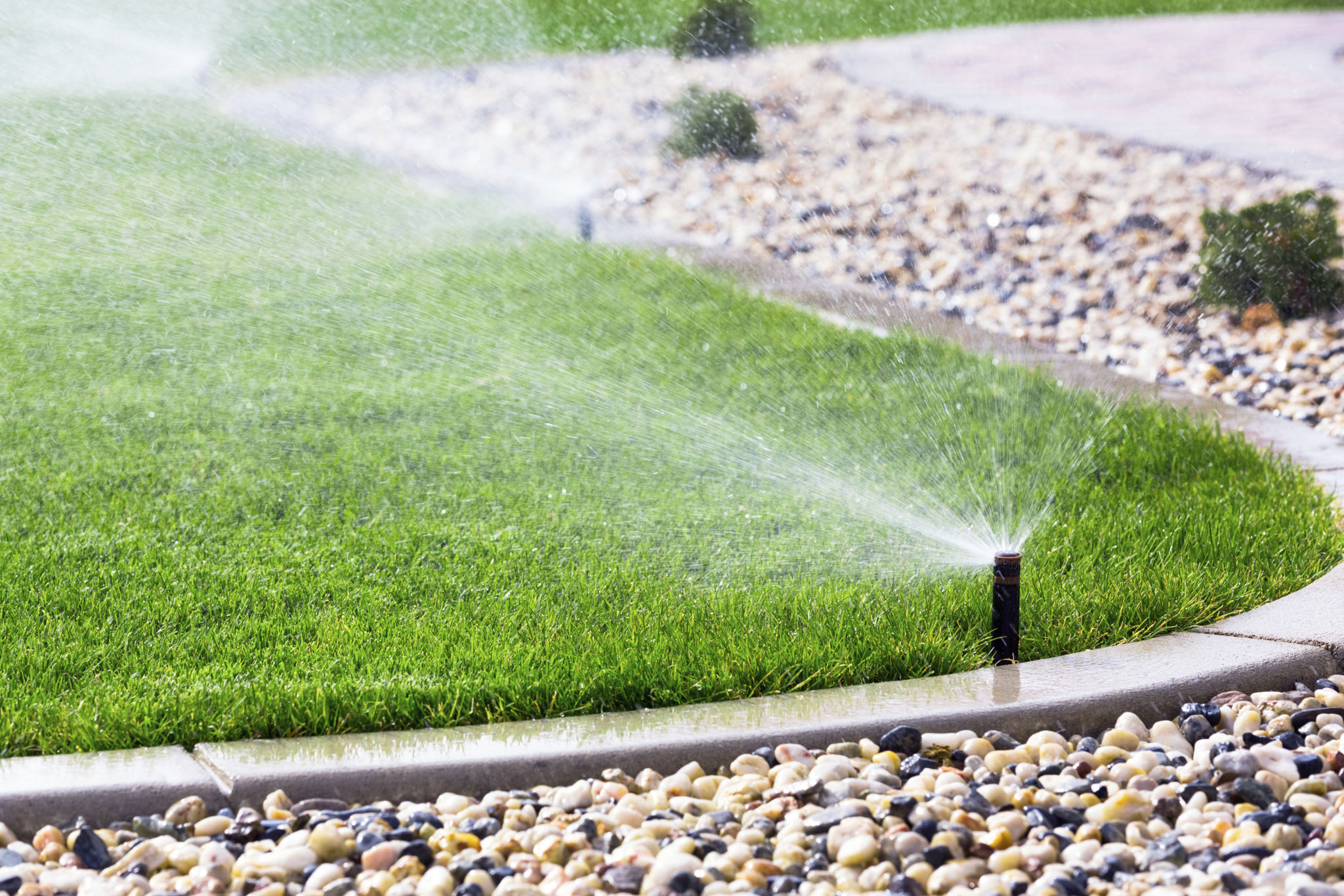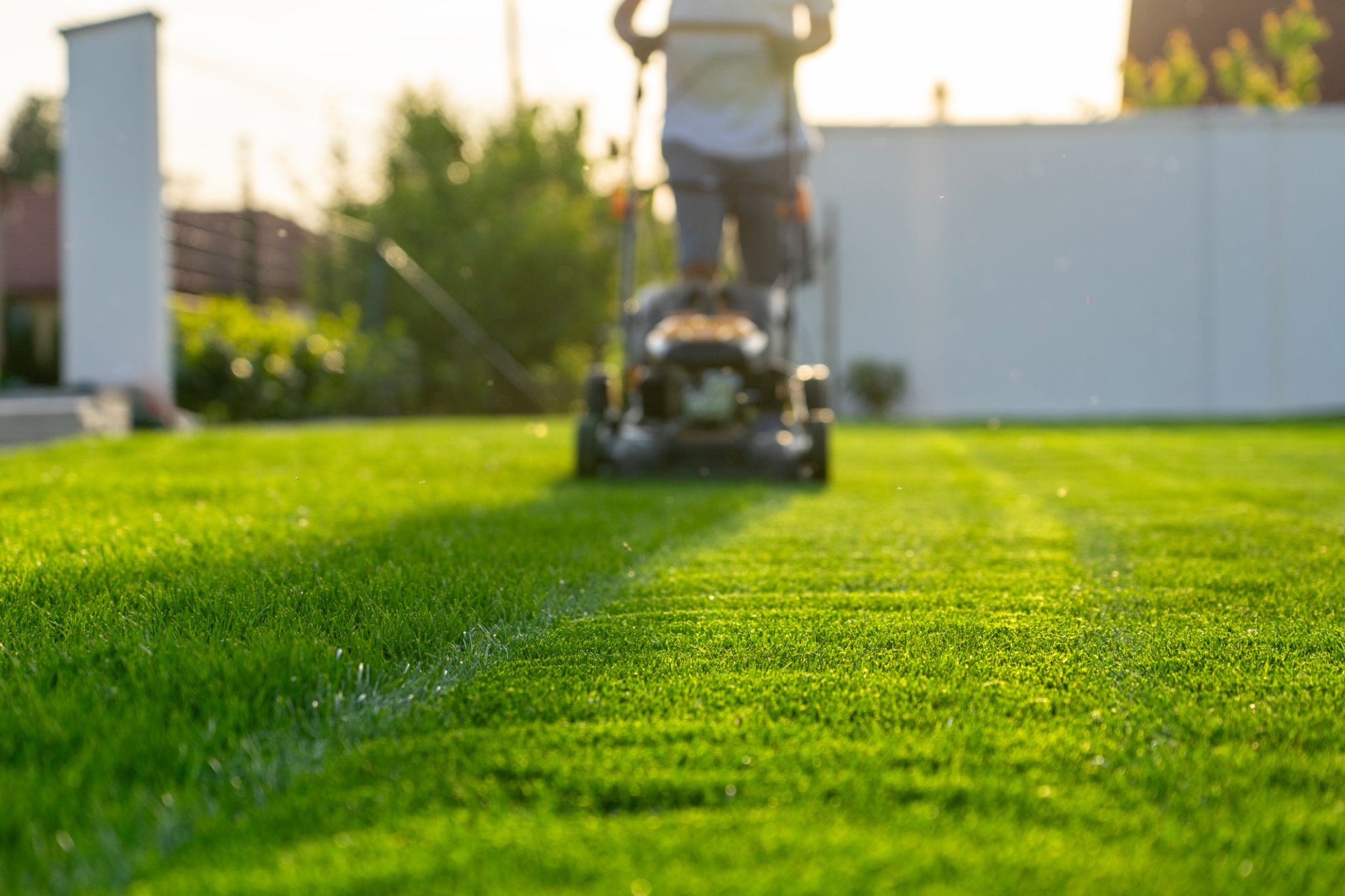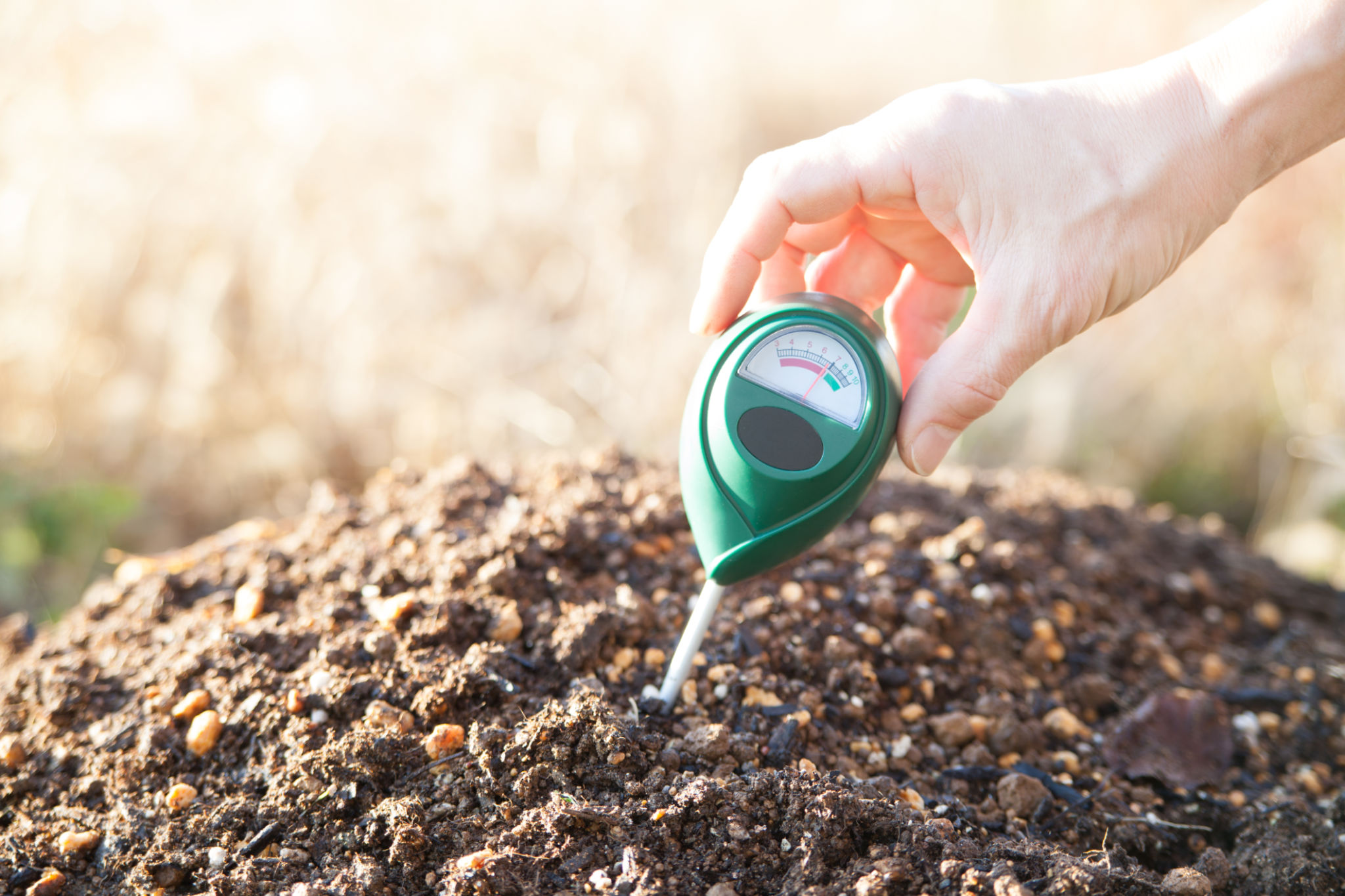Common Lawn Care Mistakes and How to Avoid Them
Overwatering Your Lawn
One of the most common mistakes homeowners make is overwatering their lawns. While it might seem like more water equals a healthier lawn, this isn't always the case. Overwatering can lead to shallow root growth, which makes your lawn more susceptible to drought and disease. To avoid this, water your lawn deeply but infrequently, allowing the soil to dry out between watering sessions.

How Much Water Does Your Lawn Need?
The amount of water your lawn needs depends on various factors such as climate, grass type, and soil condition. Generally, lawns require about 1 to 1.5 inches of water per week, including rainfall. To measure this, use a rain gauge or place a small container on your lawn to catch water during irrigation.
Mowing Mistakes
Improper mowing is another frequent error in lawn care. Cutting your grass too short, known as "scalping," can weaken the grass and lead to brown patches. It's important to follow the "one-third rule," which suggests never cutting more than one-third of the grass blade height at a time.

The Importance of Sharp Mower Blades
Using dull mower blades can tear the grass rather than cutting it cleanly, causing stress and increasing susceptibility to disease. Regularly sharpening your mower blades ensures a clean cut and a healthier lawn. Aim to sharpen your blades at least once a mowing season, or more frequently if needed.
Ignoring Soil Health
The health of your lawn is directly related to the health of your soil. Many homeowners overlook soil testing, which can provide valuable insights into nutrient deficiencies or pH imbalances. Conducting a soil test every few years can help you determine what amendments are needed to improve soil health.

Amending Your Soil
Once you understand your soil's needs, you can amend it with the appropriate materials. Common amendments include lime to raise pH, sulfur to lower pH, and organic matter such as compost to improve soil structure and fertility. Implement these changes gradually for the best results.
Neglecting Lawn Aeration
Lawn aeration is crucial for promoting healthy root growth by allowing air, water, and nutrients to penetrate the soil. Many homeowners skip this step, resulting in compacted soil that stifles grass growth. Aerating your lawn once a year can significantly improve its health and appearance.
When and How to Aerate
The best time to aerate your lawn is during its peak growing season when it can recover quickly—spring for cool-season grasses and late spring to early summer for warm-season grasses. Use a core aerator, which removes small plugs of soil, rather than simple spiked shoes or tools.
